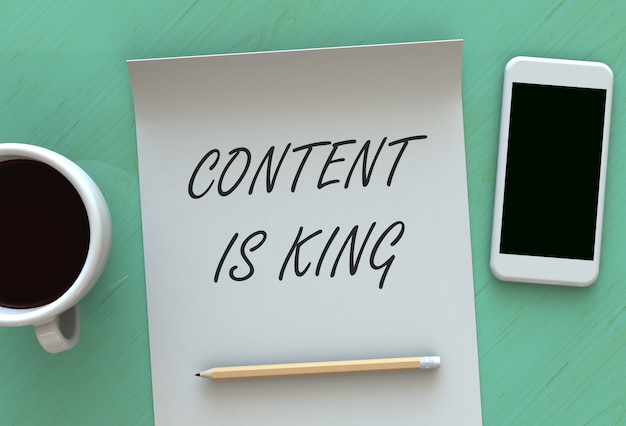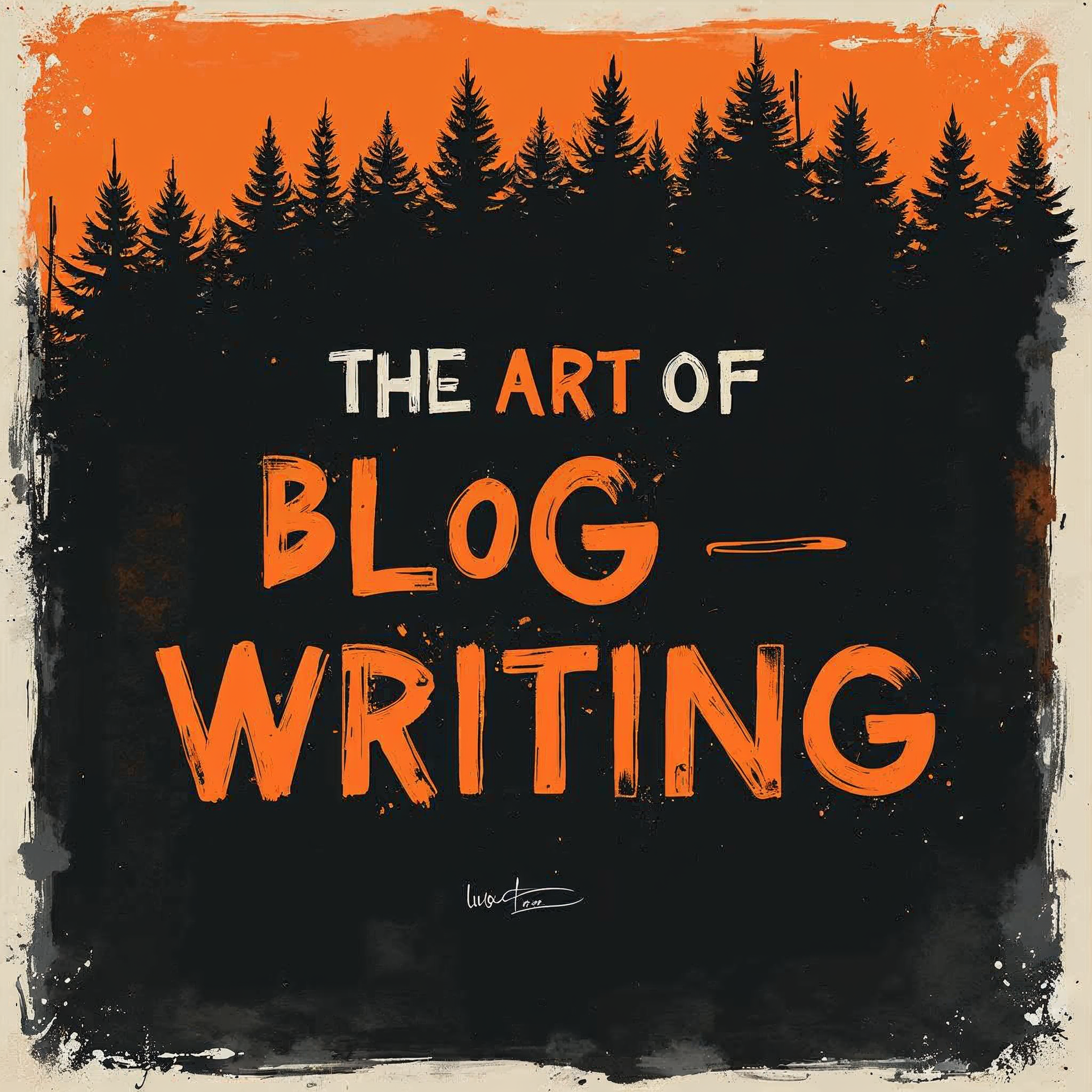The Art of Blog Writing: Crafting Content That Captivates and Converts
In the digital age, where online presence is paramount, mastering the art of blog writing is more crucial than ever. Crafting content that captivates and converts involves a delicate balance of creativity and strategy, ensuring that each piece is not only engaging but also optimized for search engines. For content marketers, business owners, and website managers, the goal is to produce effective website content that resonates with readers and encourages meaningful interactions. By focusing on creating original web copy and developing a comprehensive content strategy, you can enhance your brand’s visibility and credibility online. Join us as we explore the essential elements of content marketing and content curation, designed to elevate your website’s performance and connect with your audience in a meaningful way. #ContentStrategy #SEOContent #BlogWritingTips## Understanding Blog Writing

Blog writing is a crucial skill in today’s digital landscape. Let’s explore the key aspects of creating engaging and effective blog content.
Captivating Your Audience
Capturing your readers’ attention is the first step to successful blog writing. It’s about creating a connection and keeping them engaged from start to finish.
Start with a strong opening that grabs attention. Use relatable stories, interesting facts, or thought-provoking questions to draw readers in.
Make your content scannable. Use short paragraphs, subheadings, and bullet points to break up text and make it easier to read.
Engage your audience by addressing their needs and interests. Show them you understand their challenges and offer valuable solutions or insights.
Crafting SEO Content
SEO content is about creating blog posts that rank well in search engines while providing value to readers. It’s a balancing act between pleasing algorithms and human readers.
Research relevant keywords for your topic. Use tools like Google Keyword Planner or SEMrush to find terms your audience is searching for.
Incorporate keywords naturally throughout your content. Focus on using them in titles, headings, and the first paragraph of your post.
Don’t forget about on-page SEO elements. Optimize your meta description, URL, and image alt text to improve your chances of ranking well.
Balancing Readability and Keywords
Finding the right balance between readability and keyword usage is key to creating effective blog content. Your posts should flow naturally while still incorporating essential search terms.
Write for humans first, search engines second. Prioritize explicit, engaging content that provides value to your readers.
Use keywords strategically. Place them in critical areas like headings and the first paragraph, but don’t force them where they don’t fit naturally.
Focus on creating high-quality, informative content. Google rewards content that answers users’ questions and provides valuable information.
The Power of Original Content

Original content is the cornerstone of a successful blog. It sets you apart from competitors and builds trust with your audience.
Building Credibility Through Authenticity
Authenticity in your blog writing helps establish trust and credibility with your audience. It’s about being genuine and offering unique perspectives.
Share your own experiences and insights. Your unique voice and viewpoint can set you apart from other blogs in your niche.
Be transparent about your knowledge and opinions. If you’re not an expert on a topic, acknowledge it and explain your research process.
Engage with your audience through comments and social media. Show that there’s a real person behind the blog who cares about their readers’ thoughts and feedback.
Google Rewards Unique Content
Google’s algorithms are designed to favor original, high-quality content. Understanding this can help you create blog posts that perform well in search results.
Focus on creating in-depth, comprehensive content. Google tends to rank longer, more detailed articles higher in search results.
Avoid duplicate content. Make sure each blog post offers something new and valuable, rather than rehashing existing information.
Update your content regularly. Refreshing older posts with new information can help improve their search rankings and keep your blog current.
Crafting an Effective Content Strategy

A well-planned content strategy is essential for long-term blogging success. It guides your efforts and ensures your content aligns with your goals.
Planning and Strategy Essentials
Effective content planning involves setting clear goals, understanding your audience, and creating a roadmap for your blog’s content.
Start by defining your blog’s purpose and target audience. What do you want to achieve, and who are you trying to reach?
Create a content calendar to plan your posts. This helps ensure a consistent posting schedule and a good mix of topics.
Develop a system for generating and tracking ideas. Keep a running list of potential topics and update it regularly with new inspiration.
Aligning Content with Brand Goals
Your blog content should support and reflect your overall brand strategy. This alignment helps create a cohesive online presence.
Identify your brand’s key messages and values. Make sure these are consistently reflected in your blog posts.
Consider how each piece of content contributes to your broader business goals. Does it help build awareness, generate leads, or establish thought leadership?
Create a style guide for your blog to ensure consistency in tone, voice, and formatting across all posts.
Engaging Articles That Convert

The ultimate goal of most blogs is to drive action. Let’s explore how to create content that not only engages but also converts readers.
Creating Informative and Engaging Posts
Informative and engaging blog posts keep readers on your site longer and encourage them to take desired actions.
Start with a clear structure. Use an outline to organize your thoughts and ensure your post flows logically from one point to the next.
Use storytelling techniques to make your content more engaging. Personal anecdotes or case studies can help illustrate your points and keep readers interested.
Include a clear call-to-action (CTA) in each post. Whether it’s subscribing to your newsletter or checking out a product, guide readers on what to do next.
Using Visuals to Enhance Content
Visual elements can significantly enhance the appeal and effectiveness of your blog posts. They break up text, illustrate concepts, and make content more shareable.
Choose relevant, high-quality images to complement your text. Infographics, charts, and diagrams can help explain complex ideas more clearly.
Create custom graphics or branded images to make your content stand out. Tools like Canva make it easy to create professional-looking visuals.
Don’t forget about video content. Short explainer videos or demonstrations can add another dimension to your blog posts.
Content Curation and Audits
Regular content curation and audits help maintain the quality and relevance of your blog over time.
Streamlining Your Content Approach
Content curation involves selecting, organizing, and presenting the best content related to your niche. It can complement your original content and provide added value to your readers.
Identify reliable sources of information in your industry. Follow thought leaders, industry publications, and relevant news outlets.
Share curated content with your insights or commentary. This adds value and shows your expertise on the topic.
Use content curation tools to help streamline the process. Platforms like Feedly or Scoop.it can help you discover and organize relevant content.
Auditing for Performance and Improvement
Regular content audits help you understand what’s working, what’s not, and how to improve your blog’s performance.
Review your analytics regularly. Look at metrics like page views, time on page, and bounce rate to understand how your content is performing.
Identify your top-performing posts and analyze why they’re successful. Can you replicate these elements in future content?
Update or remove outdated content. Refresh old posts with new information, or redirect or delete posts that are no longer relevant.






